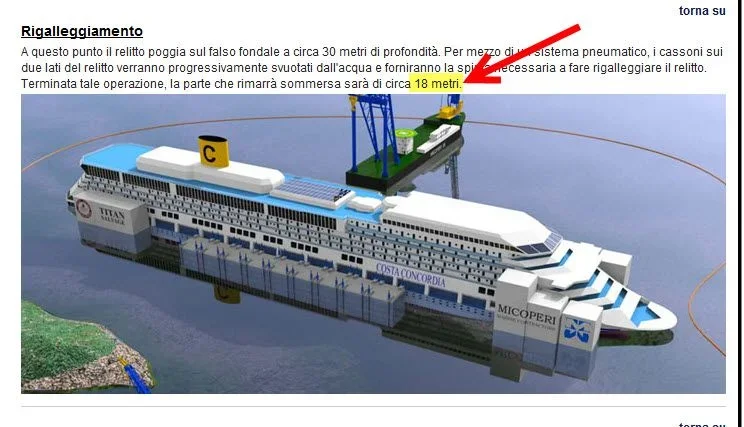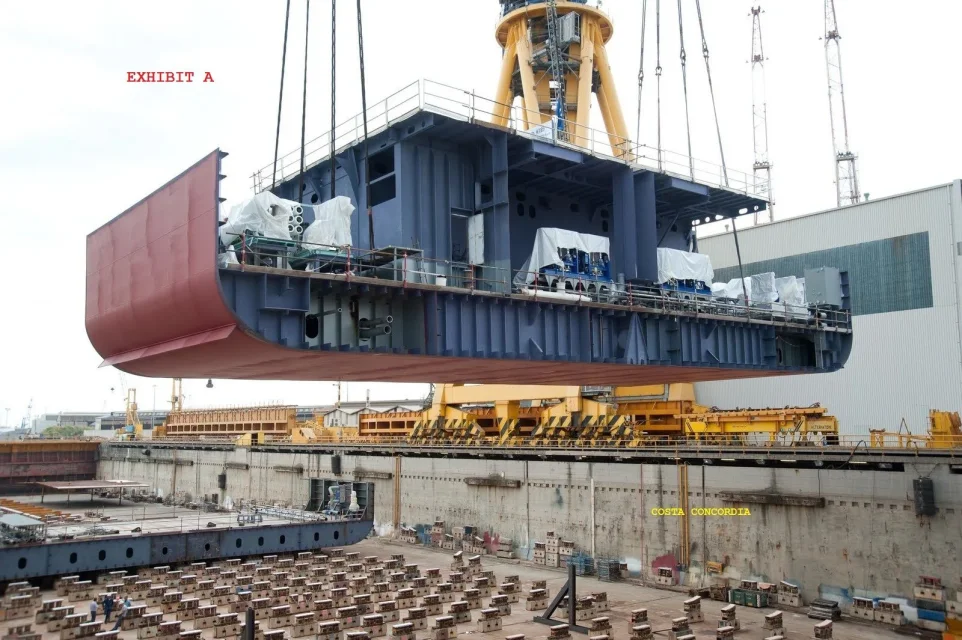MBT
Guest
when, about 10 years ago, I climbed on board the classic coast (yes. I was there, and I don't mind if it's tamarro or not!), it made me impression to see the trucks entering the lower deck!this is what “you see” but in reality the differences are more “intime” and concern the service that they themselves have to perform. a modern cruise ship is not only a means of transport but also, above all, a real residential center that must offer countless attractions for passengers of every age.
characteristics of modern cruise ships are: the large number of cabins equipped with external balconies, large glazed surfaces, large public spaces, the large central hall that occupies vertically multiple bridges and which represents the heart of the onboard life.
offering hospitality to 1,000, 2,000, 3,000 people in floating hotels of over 10 floors means preparing a logistic system of exceptional complexity.
- 3,000 passengers and 1,000 crews consume 16,000 meals every day or more than 2 tons of meat, 800 kilos of poultry and as many fish. More than 20,000 pieces between sandwiches, croissants, pasta, etc., 700 liters of milk, 6,000 eggs, 600 kilos of ice cream, 12,000 drinks per day, 650 bottles of wine and champagne, 3,000 cans of beer and almost 6,000 cans of soft drinks.
- to cope with all these needs the ship must have refrigerators and kitchens of enormous capacity, of plants able to dispose daily, in an absolutely ecological way, almost 10 tons of waste, dissalators able to produce 750.000 liters of drinking water, washing machines able to operate on a continuous cycle, air conditioning systems able to maintain constant temperature and humidity in every external condition, etc.; it is also necessary to preview complex circuits of handling for the public board.
- on board, in addition to restaurants, there are numerous public areas: fully equipped cinemas and discos, gyms, fitness and beauty centers, saunas, shops and boutiques - real shopping centers, library, theater.
- the public finally has satellite communication systems that allow to receive television programs, make phone calls, send faxes worldwide.
to transport these “terrestrial” technologies to the marine environment, it was due
aim at what is best available on the market. so to improve comfort, it has been used composite materials, light and soundproofing. technical solutions such as diesel-electric propulsion have been developed to reduce vibration and noise from the engine. cruise ships today are equipped with diesel engines coupled with generators that feed both electric engines of propulsion, and other onboard services. to give an idea of the powers at stake just say that the plant of a ship from 3,000 passengers is able to generate 40 megawatts, enough to feed a city of more than 20,000 inhabitants.
to make it more understandable, I will mention for example some data derived from the experiences matured by the fincantieri which, in order to face the countless technical problems related to the design of the ships from cruise of new generation, had to redefine its relations with the suppliers at the same time managing to cope with the problems related to hydrodynamics, structures, etc.,. thanks to the great experience gained.
for those who had “limited” (if so can be said) to build ships, enter into a different system perspective and the relative technologies, for example, to the hotel system, to the entertainment system, to the conditioning, to the use of innovative materials, etc. was a remarkable step. the fincantieri has had to invent a new phase called "co-design" in which the systems of edge are developed jointly to the supply companies. and if to entrust to the suppliers the design phase and realized has allowed to contain the costs, on the other has made it much more complicated to coordinate and manage the assembly phase. the yard had to assume the role of coordinator succeeding in integrating the activities of the suppliers with that of the company. under the economic aspect, if you consider that a cruise ship costs between 400 and 800 million euros, about six times the cost of a large cargo ship, you must take into account that 75% and beyond is represented by supplies (for a conventional ship you stop to 60%). Here too, there has been great industrialization. if you think that once the cabins were set up by hand with artisanal care, today the same are “modularized” and are shipped practically already finished. this was the result of the improvement of the production phase that allowed a reduction of the construction time from the 19 months of the classical coast to the 16 months of the romantic coast; 23 months for the completion of the statendam, a ship of 55.000 tsl against the 25 months used for the sm princess, a unit of 76,500 tsl.
not within the merit of the financial problems because I would say only cabled but it is clear that the company had to learn how to manage financial issues of particular complexity linked from one side to the high unit value of a cruise ship, from the other to the duration of the construction period.
all this has given rise to a world-wide business, which has had a phase of growth and strong evolution on the level of markets and strategies. This is an activity in which the naval and shipowning component operates in close connection with a wider sector that we could call “free time industry”.
seen from above seemed bburago models in scale 1:24


